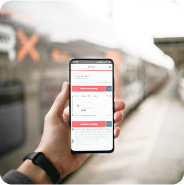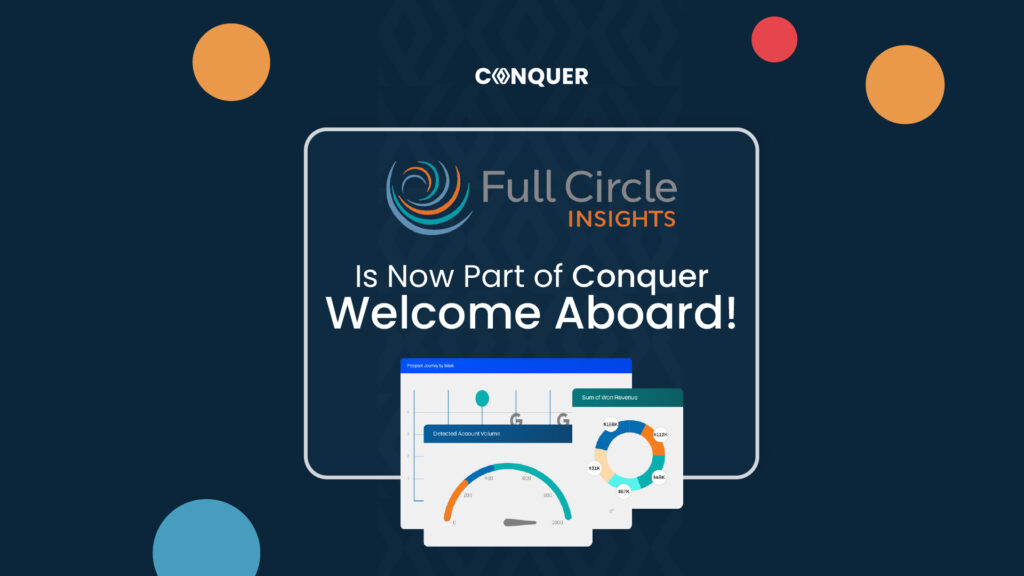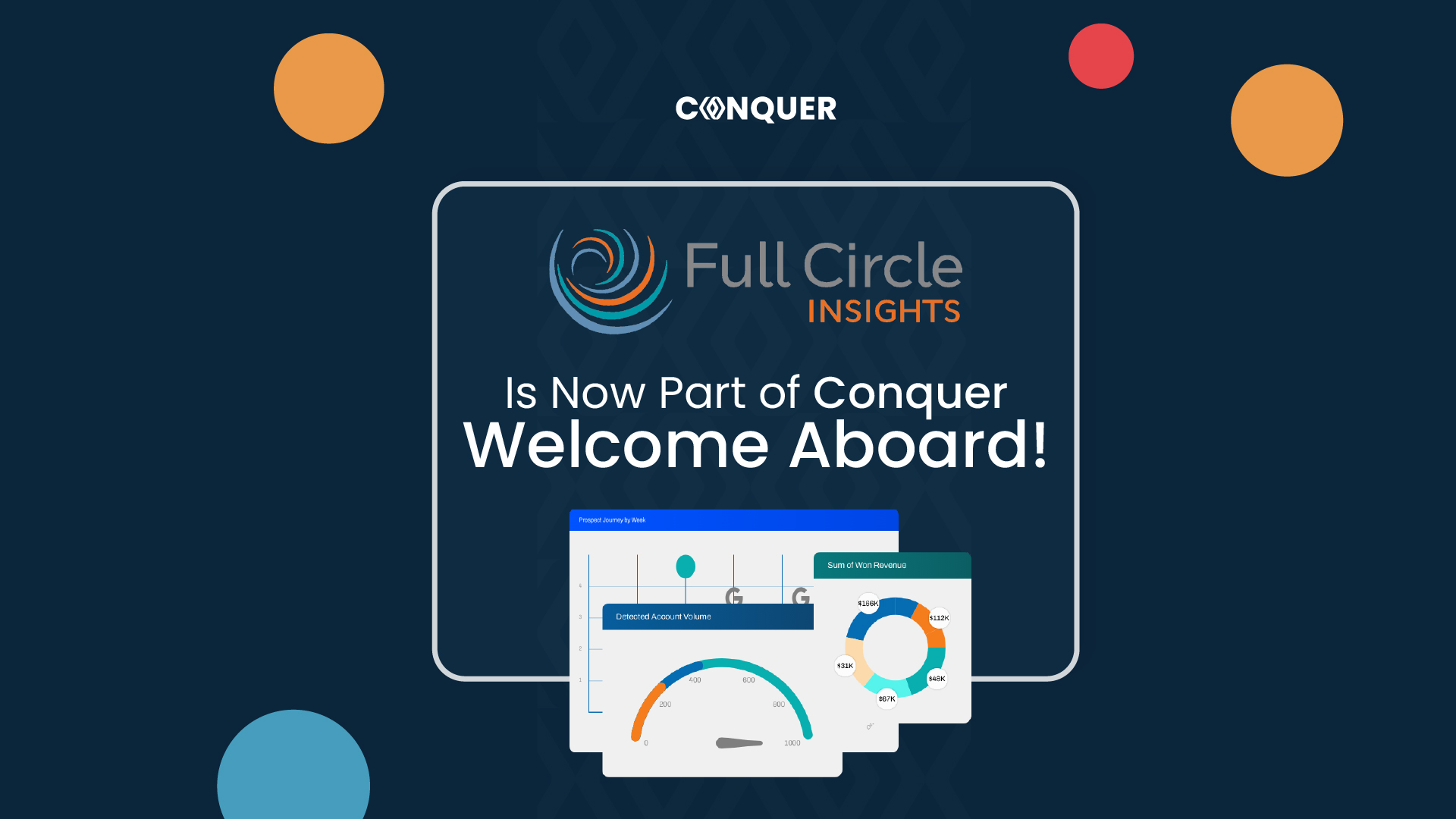A high customer churn rate can be one of the biggest roadblocks to revenue growth. While winning new customers is important, retaining existing ones is far more cost-effective. Yet, it is fairly common that companies cannot detect the risk of churn in time for intervention.
Luckily, AI-driven insights can now help with that. AI examines data patterns to foresee risks of churn and provides actionable recommendations on how businesses should proactively reduce customer churn and increase retention. In this guide, we are going to break down what customer churn means, how to track it, and how AI insights can help.
What is a customer churn rate?
Your customer churn rate refers to the percentage of customers who stop doing business with you over a certain period. It is a direct barometer of customer dissatisfaction, poor engagement, or a misalignment between your offerings and customer expectations.
How to calculate a customer churn rate
The formula for calculating the customer churn rate is quite straightforward:
| Churn rate = | Customers lost in a period | x 100 |
| Total customers at the start of the period |
For example, if you started the quarter with 10,000 customers and lost 500, your churn rate would be: (500÷10,000)×100=5%.
A high churn rate translates to lost revenue, increased acquisition costs, and reduced CLV (customer lifetime value). The trick behind churn reduction lies in spotting at-risk customers in advance and acting quickly—and this is precisely where AI comes in.
How AI can predict and reduce customer churn
AI-powered insights give you an early warning system for customer churn. Rather than waiting until a customer actually leaves, AI identifies behavior patterns and engagement trends that indicate risk. This way, you can intervene before it’s too late.

1. Identifying at-risk customers
Traditional customer churn rate analysis is performed using historical data, but AI allows for the detection of customers at risk in real time. By analyzing customer behavior, AI can flag accounts showing signs of disengagement, such as:
- Decreased usage of your product or service
- Delays in communication or sales team responses
- Lower email, portal, or app log-ins
- Higher volume of complaints or unresolved issues.
Conquer’s AI insights ensure that reps are alerted about disengaged prospects or existing customers, enabling them to take timely action. This can include personalized follow-ups, special offers, or strategic interventions to re-engage and prevent churn before it happens.
2. Customer sentiment analysis
AI doesn’t just track behavior; it analyzes sentiment-processing support tickets, chat logs, and survey responses for early negative sentiment detection before it escalates into a churn event.
For example, AI may flag a customer as a churn risk if one repeatedly mentions frustration over a billing issue or service outage but has not explicitly said they are leaving. In sales, this means AI can identify potential deal attrition early, allowing reps to address concerns and offer tailored solutions before the customer disengages completely.
Actionable Tip: Use Conquer’s AI-powered battlecards and CRM-integrated insights to analyze customer interactions for dissatisfaction signals. Automatically trigger proactive outreach workflows, ensuring sales teams address concerns with the right messaging at the right time to prevent churn.
3. Customer engagement personalization
AI helps an organization strategize the means of engagement using data on customer interactions. Rather than mere generic follow-ups, AI can categorize customers based on:
- Usage behavior: high/low engagement
- Support interactions: frequently encountering issues versus minimal complaints
- Likelihood to churn: high/low likelihood based on predictive modeling
With this information, sales leaders can tailor messaging, offer incentives, or provide special support to make their customers feel appreciated and cared for.
Actionable Tip: Drive AI-powered recommendations to trigger personalized email campaigns, exclusive offers, or dedicated account management for high-risk customers. This can include a tailored discount, a one-on-one strategy session with an account manager, or early access to a new feature to reignite their interest.
4. Automating retention workflows
AI can streamline churn prevention by automating interventions before customers leave. By analyzing behavioral patterns, AI can trigger proactive outreach to at-risk customers, ensuring timely engagement before they decide to leave. It can also deliver personalized retention incentives to reinforce customer value.
As an example, if a customer hasn’t been using your platform for two weeks, AI can automatically trigger an email with helpful resources or feature highlights, or even a personal check-in by an account manager.
Actionable Tip: Set up AI-driven retention workflows that automatically trigger the right response when the level of churn risk calls for it. This means no manual intervention is needed, freeing up your sales reps to handle more strategic tasks.

5. Optimizing pricing and customer experience
A high customer churn rate isn’t always about dissatisfaction; it’s sometimes about cost. AI can analyze customer purchasing patterns and pricing sensitivity to recommend pricing adjustments or alternative packages that better fit customer needs. AI can also identify friction in the customer journey, including:
- Onboarding processes that are overly complicated
- Long wait times for support
- Confusing billing or unexpected charges
Businesses can continuously work out these areas and avoid churn triggers by creating a seamless customer experience. By integrating sales engagement tools into their CMS’, sales leaders can identify points in their users’ customer journey where customers are most likely to fall off and effect changes therein.
Key metrics for tracking churn reduction
AI insights are effective, but they are not sufficient on their own. They need the right metrics to track customer churn, and these include:
- Customer Retention Rate (CRR) = (Customers at end of period ÷ Customers at the start of period) × 100
- Net Promoter Score (NPS) = Measures customer satisfaction and likelihood to recommend
- Customer Lifetime Value (CLV) = Predicts total revenue per customer over their lifecycle
- Customer Health Score = AI-driven metric based on usage, support history, and sentiment
Regularly monitoring these indicators ensures you’re staying ahead of churn risks and making data-driven retention decisions.
Wrapping up
Reducing customer churn rate isn’t about reacting—it’s about predicting and preventing. AI-powered insights give businesses the ability to identify at-risk customers, personalize engagement, and automate proactive interventions before customers decide to leave.
Through the use of AI in real-time churn prediction, sentiment analysis, retention workflows, and pricing optimization, organizations can reduce not just churn but also improve customer relationships, increase lifetime value, and help drive consistent revenue growth.
Want to see AI-powered insights in action? Book your demo with Conquer today!








